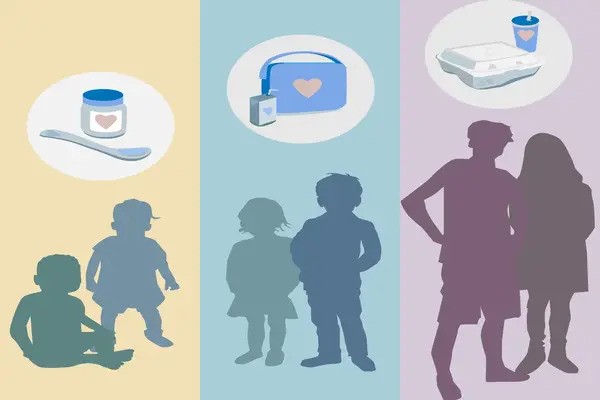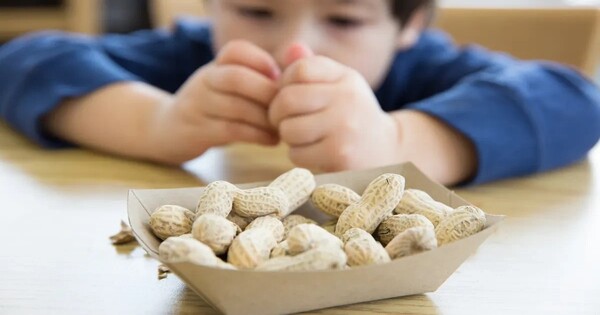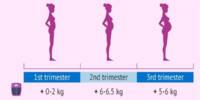Feeding peanuts to children on a regular basis from infancy to age five lowered the rate of peanut allergy in adolescence by 71%, even after years of eating or avoiding peanuts as desired. The new studies give clear evidence that adding peanuts into babies’ diets at an early age increases the likelihood of long-term peanut allergy prevention.
Lead scientist Professor Gideon Lack of King’s College London stated, “Decades of advise to avoid peanuts has made parents cautious of introducing peanuts at a young age. The research is clear: early peanut exposure in infancy produces long-term tolerance and protects children from allergies far into puberty. This little intervention will make a significant difference for future generations and reduce peanut allergy.”
Results from the LEAP-Trio trial are published in the NEJM Evidence by researchers from King’s College London and sponsored and co-funded by the US National Institutes of Health’s National Institute of Allergy and Infectious Diseases (NIAID).
This is a safe and highly effective intervention which can be implemented as early as 4 months of age. The infant needs to be developmentally ready to start weaning and peanut should be introduced as a soft pureed paste or as peanut puffs.
Professor George Du Toit
Peanut allergies are on the rise in Western countries. Peanut allergy affects approximately 2% of all young children in North America, the United Kingdom, Western Europe, and Australia. For some people, even minute amounts of peanuts might cause a fatal allergic reaction. This, combined with inconsistent recommendations, has made parents and caregivers wary about incorporating peanuts into their diets.
The LEAP-Trio study expands on the findings of the Learning Early About Peanut Allergy (LEAP) clinical experiment. In the first trial, half of the participants were advised to eat peanuts on a regular basis from infancy until age five, whereas the other half were asked to avoid peanuts throughout that time period. Researchers found that early introduction of peanut reduced the risk of peanut allergy at age 5 by 81%.
The investigators followed up both groups from age 6 to age 12 or older. In that period, children could choose to eat peanut in whatever amount and frequency they wanted. They found that 15.4% of participants from the early childhood peanut-avoidance group and 4.4% from the early childhood peanut-consumption group had peanut allergy at age 12 or older. These results show that regular, early peanut consumption reduce the risk of peanut allergy in adolescence by 71% compared to early peanut avoidance.

Professor George Du Toit, Co-Lead Investigator from King’s College London said: “This is a safe and highly effective intervention which can be implemented as early as 4 months of age. The infant needs to be developmentally ready to start weaning and peanut should be introduced as a soft pureed paste or as peanut puffs.”
The researchers also found that although participants in the LEAP peanut-consumption group ate more peanut throughout childhood than the other participants overall, the frequency and amount of peanut consumed varied widely in both groups and included periods of not eating peanut. This shows that the protective effect of early peanut consumption lasts without the need to consistently eat peanut products throughout childhood and early adolescence.
The LEAP-Trio study team assessed the teenagers’ peanut allergy predominantly using an oral meal challenge. Participants were given gradually increasing amounts of peanut in a tightly controlled setting to see if they could safely consume at least 5 grams of peanut, which is comparable to more than 20 peanuts. The study team also asked participants about their recent peanut intake patterns and corroborated their self-reports by measuring peanut dust in their bedding, a technique previously validated by LEAP scientists.
















